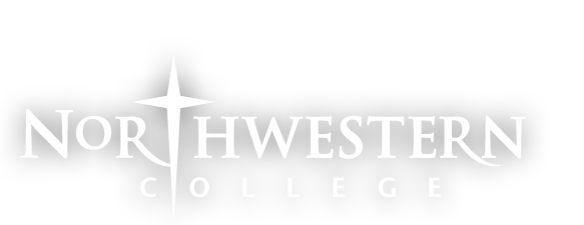Abstract
Watershed characteristics impact water quality, habitat heterogeneity, and allochthonous inputs. Lotic macroinvertebrates are dependent upon and can be used as indicators of these conditions. Macroinvertebrates tolerant of degraded environments dominate impaired sites, resulting in low benthic macroinvertebrate index (BMI) scores. We explored the relative importance of habitat characteristics and allochthonous inputs by examining how macroinvertebrate colonization of leaf bags varied with leaf species, water quality, and landscape disturbance. Leaf bags were submerged in the Floyd River at seven locations. After four or eight weeks, we collected the bags for analysis. We hypothesized that colonizer richness, abundance, and BMI scores would be highest in bags downstream from intact riparian habitats and in reaches with higher water quality. We also hypothesized that leaf species with lower lignin content would support higher abundances of colonizers. Midge larvae (Chironomus) and scuds (Hyallela) were the dominant colonizers in all bags, resulting in low BMI scores at all locations. Richness and abundance did not differ significantly with leaf type but did differ significantly with location. Although our results were limited by low water flow and lost bags, we found these initial results interesting and plan to expand the scope of this study in the future.
Included in
Macroinvertebrate Colonization Patterns in the Floyd River
Watershed characteristics impact water quality, habitat heterogeneity, and allochthonous inputs. Lotic macroinvertebrates are dependent upon and can be used as indicators of these conditions. Macroinvertebrates tolerant of degraded environments dominate impaired sites, resulting in low benthic macroinvertebrate index (BMI) scores. We explored the relative importance of habitat characteristics and allochthonous inputs by examining how macroinvertebrate colonization of leaf bags varied with leaf species, water quality, and landscape disturbance. Leaf bags were submerged in the Floyd River at seven locations. After four or eight weeks, we collected the bags for analysis. We hypothesized that colonizer richness, abundance, and BMI scores would be highest in bags downstream from intact riparian habitats and in reaches with higher water quality. We also hypothesized that leaf species with lower lignin content would support higher abundances of colonizers. Midge larvae (Chironomus) and scuds (Hyallela) were the dominant colonizers in all bags, resulting in low BMI scores at all locations. Richness and abundance did not differ significantly with leaf type but did differ significantly with location. Although our results were limited by low water flow and lost bags, we found these initial results interesting and plan to expand the scope of this study in the future.

